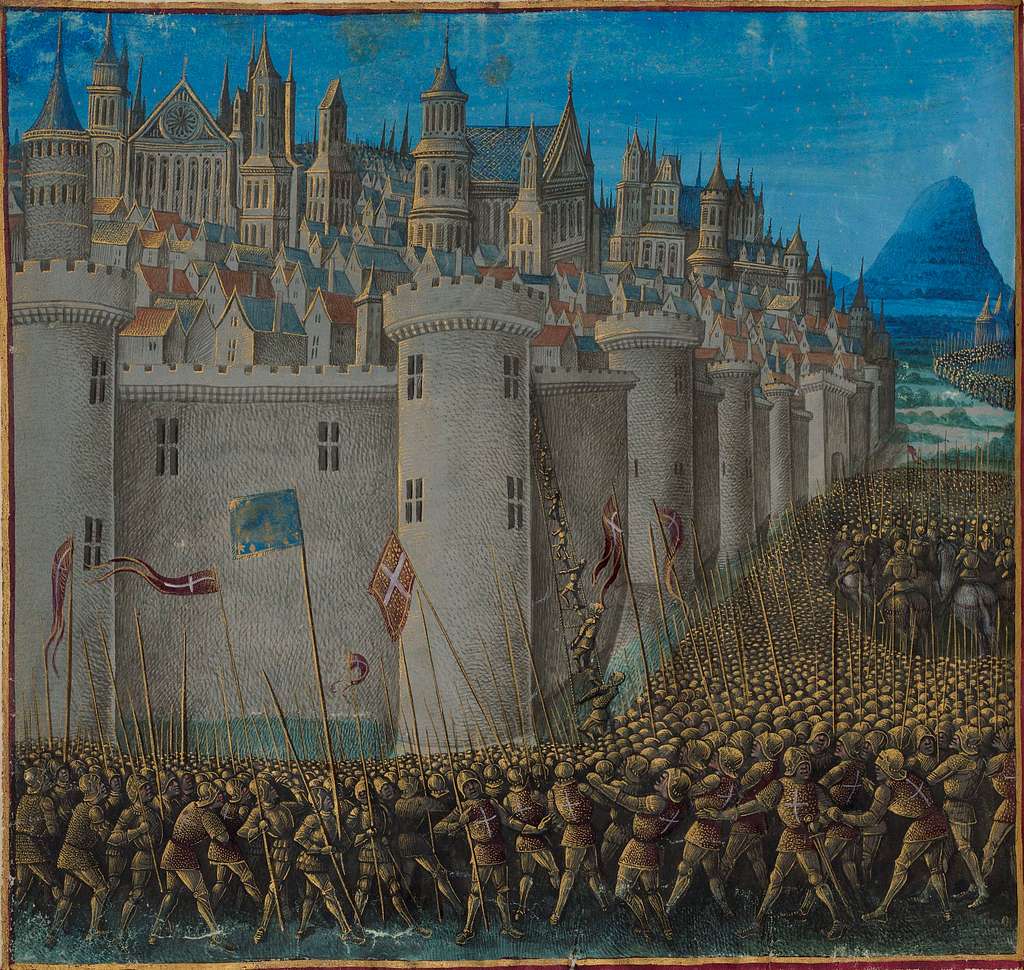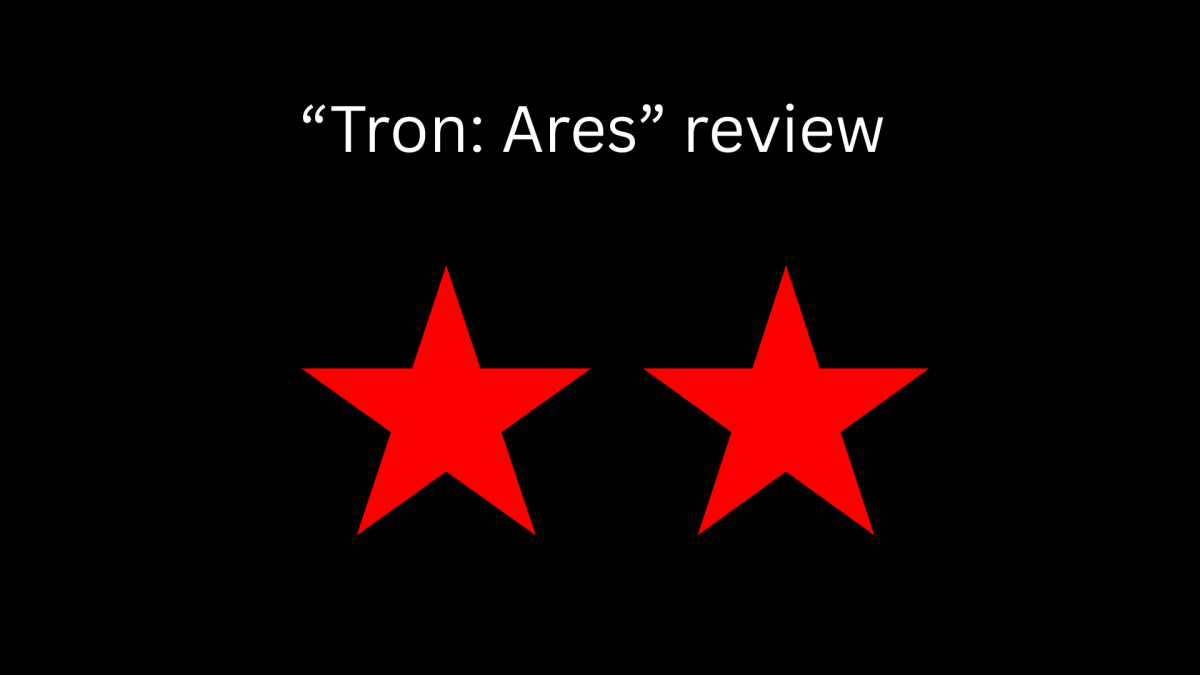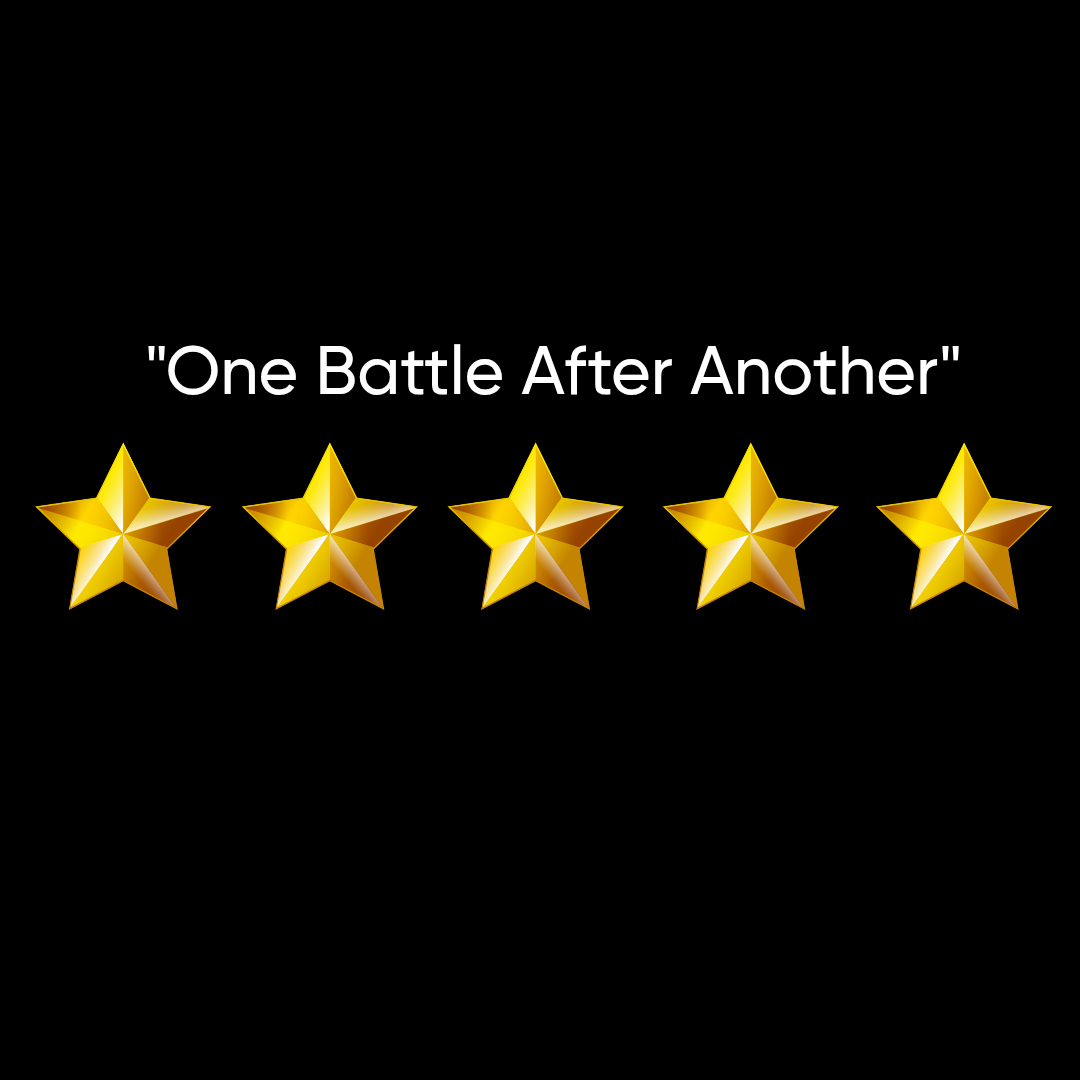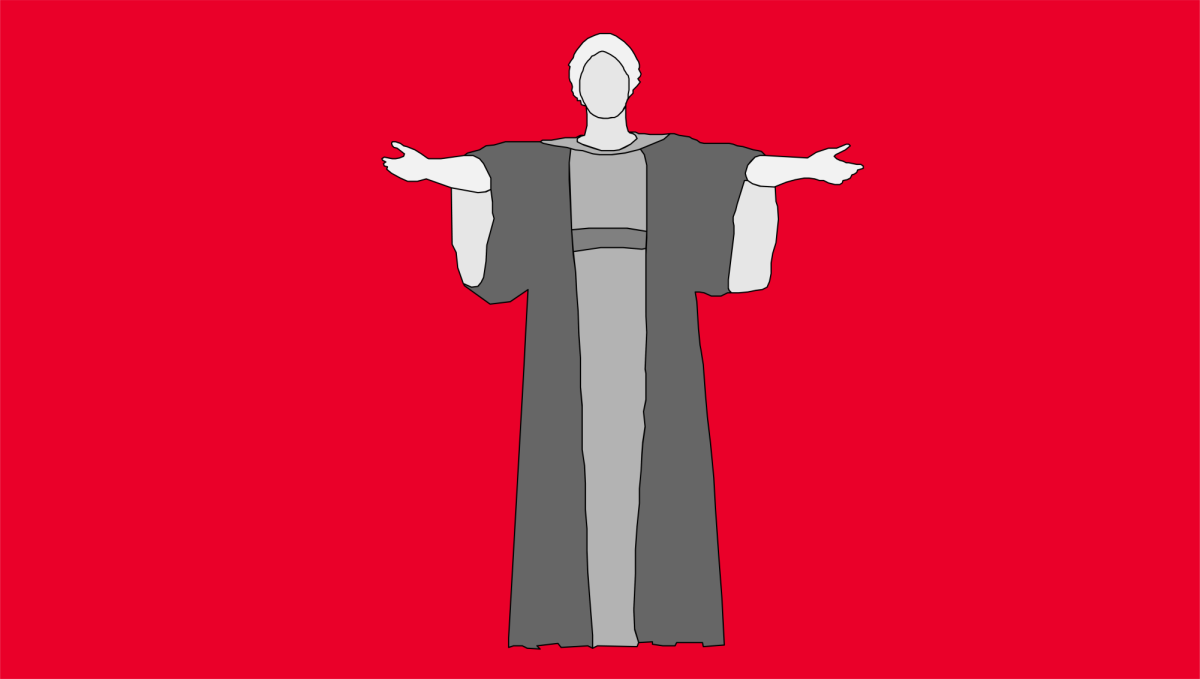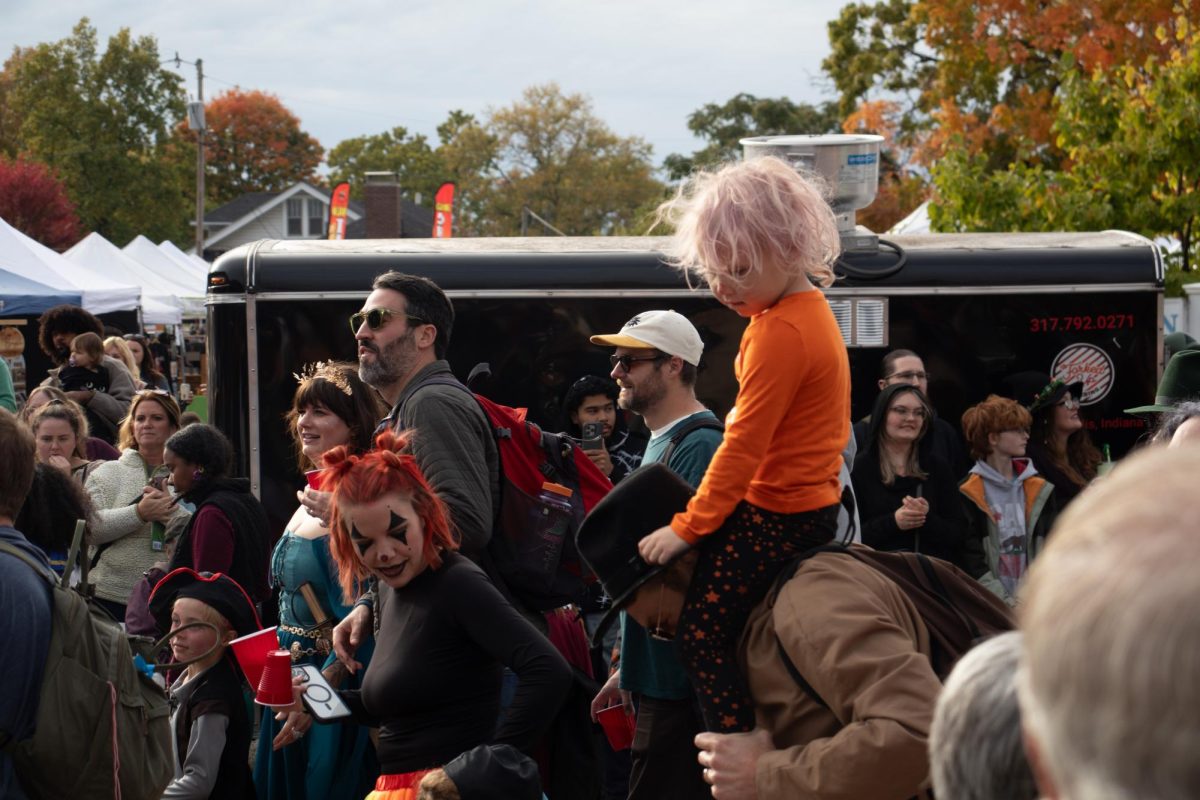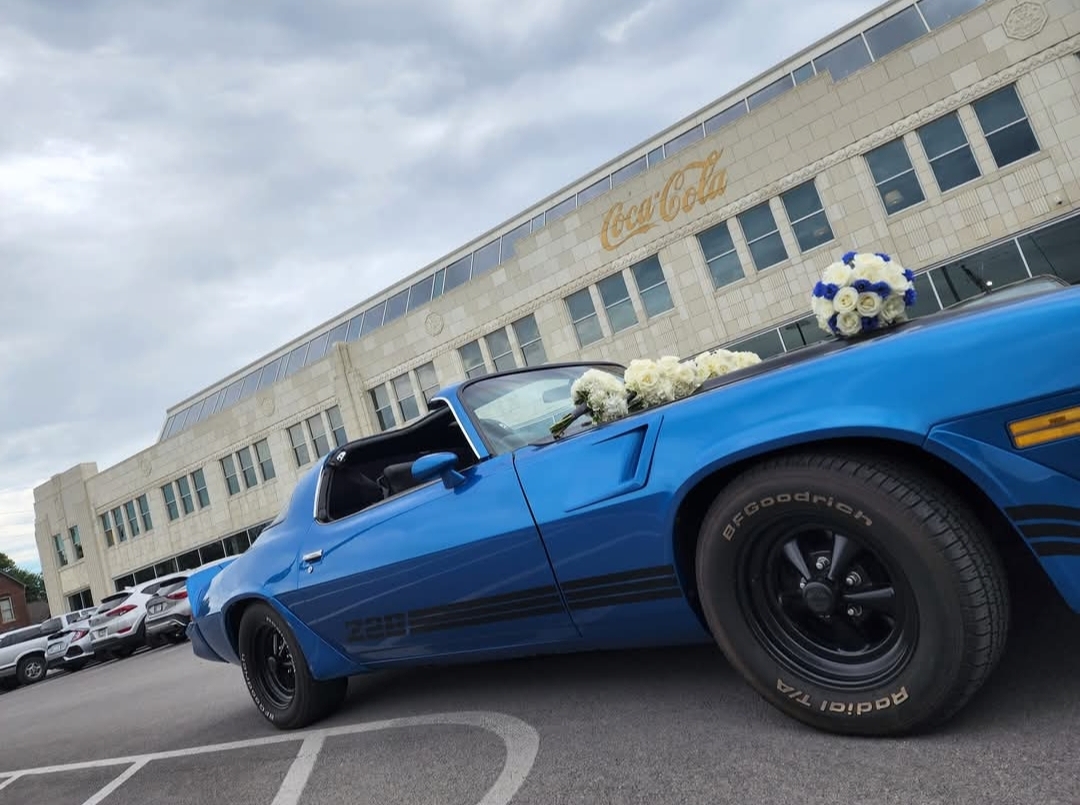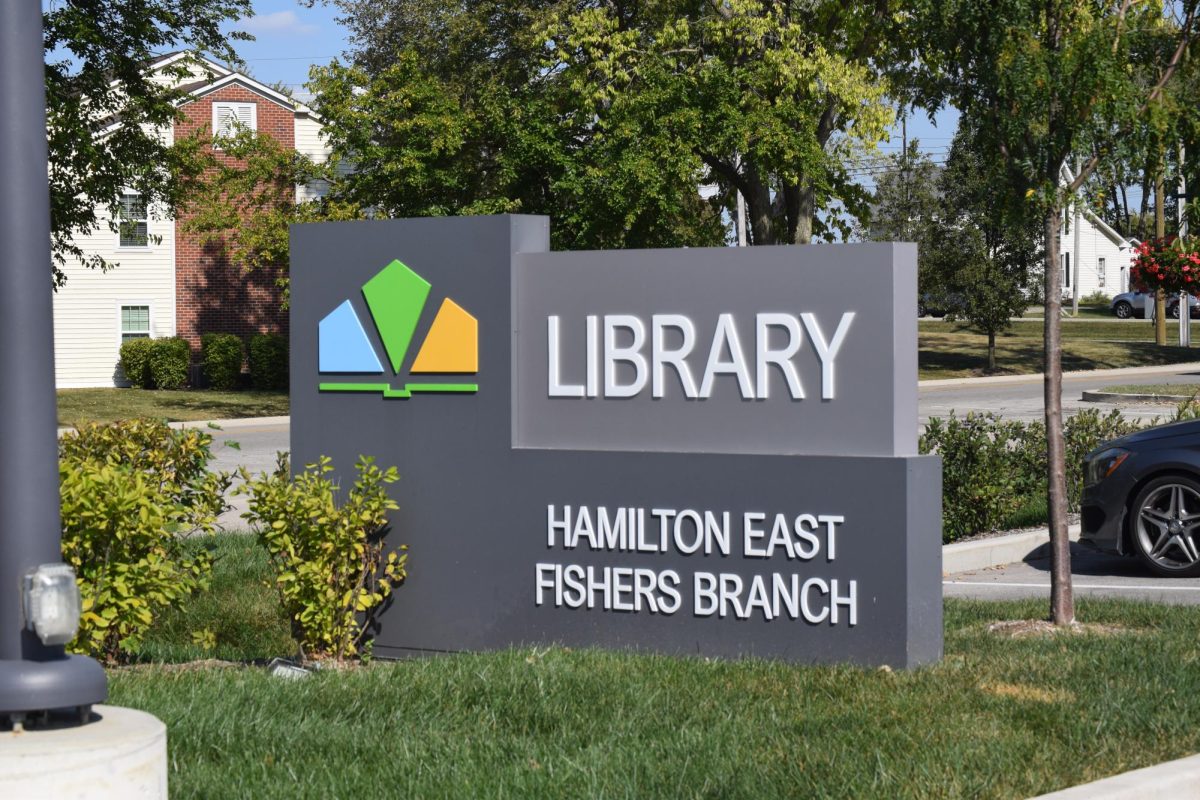Jakob Polly is a junior and the News Editor for the Fishers Tiger Times. His views do not necessarily reflect those of the newspaper.
On Nov. 25, 2022, just as the U.S. Men’s National Team was preparing to play a highly anticipated game against the English Men’s National Team in the 2022 Qatar World Cup, soccer’s world governing body, the Fédération Internationale de Football Association (FIFA), issued a statement to spectators, effective immediately: No more Crusader costumes.
For years, English soccer fans had frequently donned the chainmail and red cross-adorned tunic that has become synonymous with the Crusades–a series of Levantine holy wars initiated between the 11th and 13th centuries by invading European Christians (often referred to as “Franks”). The practice had existed long before Qatar was even chosen as a venue for the World Cup. Seemingly, the costumed spectators had been of little issue then. So why the sudden reaction? And why from the head of organized soccer, of all places?
FIFA was quick to respond to such questions. In a statement made to the Times of London, a FIFA spokesperson explained, “Crusader costumes in the Arab context can be offensive against Muslims. That is why anti-discrimination colleagues asked fans to wear things inside out or change dress.”
This statement did little to quell fan outrage. Taking to the internet, many English soccer fans vigorously defended the costumes. Some argued the costumes only celebrated Richard the Lionheart, an English king, who according to tradition, gave the English flag its distinctive red cross during the Third Crusade. Others argued that the costumes were never even meant to portray Crusaders. Many others simply declared FIFA “woke.”
But these fans missed the point entirely. To us in the West, the Crusades are but a thing of the past–they exist only in our textbooks, and rarely do we scrutinize the time-worn stories of those famous Christian crusaders. This could not be further from the case elsewhere. To many parts of the Arab and Muslim worlds, the Crusades are a living and breathing cultural memory, even after nearly 1,000 years. The indiscriminate and unprovoked brutality exhibited by European Christians against the Muslim world is still felt today, almost as if the events happened within our lifetime. It is time we recognize and acknowledge this.
In the West, our collective knowledge and perception of the Crusades is inherently flawed, beginning with the use of the term “crusade” itself. When used colloquially, the term describes “a remedial enterprise undertaken with zeal and enthusiasm,” often with the implication that the undertaking is justified and beneficial. The Merriam-Webster and Cambridge dictionaries provide some examples: “a crusade against drunk driving” and “They have long been involved in a crusade for racial equality.”
The term is so familiar to us, yet that familiarity is not universal. In his book, “The Crusades Through Arab Eyes,” author and historian Amin Maalouf explains that Arab chroniclers–those documenting the Holy Wars as they happened–wrote not of “Crusades,” but of “Frankish invasions.” Among those who met their cross-crusted sword, no act of the Christian warriors seemed so holy and justified.
In one excerpt, Maalouf describes the successful siege of Jerusalem in July of 1099, carried out by these Frankish invaders.
When the killing stopped, not a single Muslim was left alive within the city walls. Some had taken advantage of the chaos to slip away, escaping through gates battered down by the attackers. Thousands of others lay in pools of blood on the doorsteps of their homes or alongside the mosques. Among them were many imāms [those who led daily public prayer], “ulmā” [doctors of Islamic Sciences] and Sufi ascetics who had forsaken their countries of origin for a life of pious retreat in these holy places. The last survivors were forced to perform the worst tasks: to heave the bodies of their own relatives, to dump them in vacant, unmarked lots, and then to set them alight, before being themselves massacred or sold into slavery.
Among the myriad atrocities committed by the invading Frankish forces was an act so heinous and unholy that it would be retold for centuries. Radulph of Caen, a Frankish chronicler, relates that, “In Ma’arra our troops boiled pagan adults in cooking-pots; they impaled children on spits and devoured them grilled.”
Of the massacre in Ma’arra, fellow chronicler Albert of Aix additionally boasts, “Not only did our troops not shrink from eating dead Turks and Saracens; they also ate dogs!”
The atrocity at Ma’arra was not the only instance of European cannibalism that occurred during the Frankish invasions, but it was the one that, according to Maalouf, “was to contribute to opening a chasm between the Arabs and Fran[ks] that would not be bridged for centuries to come.” These are the Arab memories of Europeans in the Middle East–memories that are still alive today.
Carole Hillenbrand, a professor of Islamic history at the University of Edinburgh, explains in “The Crusades: Islamic Perspective,” that, “The memory of the Crusades lingers in the Middle East and colors Muslim perspectives of Europe. It is the memory of an aggressive, backward and religiously fanatic Europe… Unfortunately, this legacy of bitterness is overlooked by most Europeans when thinking of the Crusades.”
It is no wonder then that Qatar, a majority-Arab country whose population is over 60 percent Muslim, according to a U.S. State Department report, would not take kindly to Crusader-costumed fans.
The costume ban was never about FIFA’s supposed “misguided wokeness,” or any misunderstanding of history. No–it was about maintaining respect for a people whose brutalization remains an ever-lasting cultural memory.
Western ignorance–or maybe even arrogance–makes the situation all the worse. Schools in the United States do not prioritize instruction on the Crusades. In a curriculum that spends much of elementary and middle school stressing early American history, the Crusades are only mentioned twice in the Indiana Department of Education State Social Studies Standards: once in the 6th grade standards, and once in the high school-level world history and civilization standards.
This is similarly true of Advanced Placement (AP) history courses–rigorous, college-level courses that are offered to high school students in the U.S. and Canada. In the course and exam descriptions of both AP World History: Modern and AP European History, out of a total of 556 pages, the Crusades are mentioned only thrice. We simply are not acknowledging what happened during those awful years of Frankish invasion.
Perhaps this is why the term “crusade” has come to mean what it has. Perhaps this is why, in the aftermath of 9/11, former President George W. Bush described his War on Terror as a “crusade.” Perhaps this is also why the leader of the Azov Brigade, a neo-Nazi paramilitary group located in war-torn Ukraine, once described his pledge of “lead[ing] the white races of the world… against Semite-led Untermenschen” as a “crusade.”
No longer should we view the Crusades exclusively through European and Christian lenses, lest we continue on a path of hate and division. While the European Christians may have been driven out in the end, the legacy of their invasions is still seen and felt today. Change begins with education, and the first step in that process is understanding what really happened.


